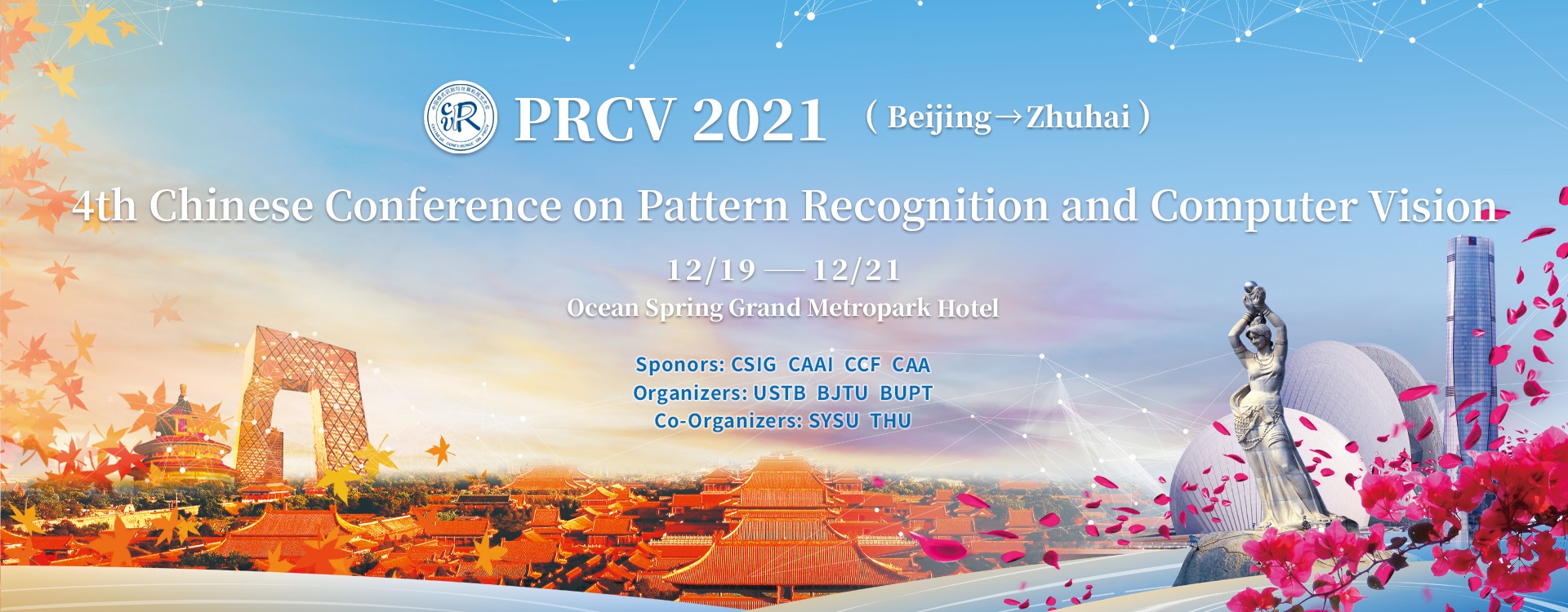

|
Beijing |
|
|
Beijing is the capital of the people's Republic of China.It is located in the northern part of China and the northern part of the North China Plain. It is adjacent to Tianjin in the east, and the rest is adjacent to Hebei,Its central location is 116°20′ east longitude and 39°56′ north latitude,It is a world-famous ancient capital and a modern international city. It is also the office location of the Central Committee of the Communist Party of China, the Central People’s Government of the People’s Republic of China and the Standing Committee of the National People’s Congress.
For more Beijing travel information, please visit the following link: A Brief Development History Beijing, referred to as "Jing", is located in the northern part of the North China Plain. Beijing has a long history. As far back as 500,000 years ago, Peking Man lived in the Zhoukoudian area in the southwestern suburbs of Beijing.Its history as a city can be traced back 3000 years. Since the founding of the city, Yan, Qianyan, Liao, Jin, Yuan, Ming and Qing have established their capitals in Beijing. Beijing, Xi'an, Nanjing, and Luoyang are collectively known as the "Four Ancient Capitals". |
|
| Climate The climate in Beijing belongs to the warm temperate zone, semi-humid and semi-arid monsoon climate. The annual average temperature is 11~13℃ in plain areas, 9~11℃ in mountains below 800 meters above sea level, and 3~5℃ in alpine mountains. The annual extreme maximum temperature is generally between 35~40℃. Population Beijing is the capital of the People's Republic of China, with a total area of 16,410 square kilometers, of which the urban area is 735 square kilometers. As of 2019, Beijing has a permanent population of 21.536 million, an urban population of 18.65 million, an urbanization rate of 86.6%, and a permanent migrant population of 7.943 million. | |
| Cultural Relics And Historic Sites Beijing is a magical city, both modern and ancient. It was the capital of many ancient dynasties and preserved some glorious relics of the era. Places left over from history, numerous historical sites and cultural relics, now constitute the main attractions.The most popular tourist attractions in Beijing include the Palace Museum, Temple of Heaven Park, Badaling Great Wall, Yuanmingyuan Ruins Park, etc. | |
| Tourist Attractions Beijing is the ancient capital of many dynasties in China and has splendid cultural heritage, including tombs, temples, museums, classical gardens and many other historical and cultural sites. The famous ones include the Palace Museum, Temple of Heaven Park, Badaling Great Wall, Yuanmingyuan Ruins Park and so on.In addition, the summer palace is a beautiful destination, as well as the Confucius Temple and the Guozijian Museum. | |
| Shopping Fujing Street is the only pedestrian commercial street in Beijing, with a total length of 810 meters from south to north. There are more than 700 large and small shops on both sides of the street. It is a world-famous commercial street. This commercial street with a history of more than 700 years has many of the most famous time-honored brands.Department stores, Xindongan Market, Lotte Intime, Gongmei Building, Wangfujing Women's Department Store, etc., have more than 100 years of commercial development history, operating daily necessities, catering, etc., mainly targeting domestic and foreign tourists. In addition, Xidan is also a famous commercial district in Beijing, located in Xicheng District. Xidan's business focuses on youth and fashion elements. The youth-oriented business district with the theme of "fashion, taste, and leisure" attracts more local young people in Beijing to go for leisure and shopping. It is known as "the shopping paradise for young people". Food Beijing cuisine is also called Jingbang cuisine. It is based on northern cuisine and is formed by combining the flavors of various places.With its special status as a capital city, Beijing integrates the great achievements of national cooking technology, and constantly absorbs the essence of the diet from all over the country, absorbing the court flavor of the essence of the Han Manchu and other ethnic diets, and the Tanjia cuisine, which is based on the Cantonese cuisine and the characteristics of the local flavor. It also brought brilliance to Beijing cuisine.Among the Beijing dishes, the most distinctive ones are roast duck and hot lamb.Roast duck is a famous dish in Beijing. Shubu mutton, roast beef, and roast mutton were originally eaten by ethnic minorities in the north. In the murals of the tombs of the Liao Dynasty, there are scenes of people eating mutton in a hot pot. | |